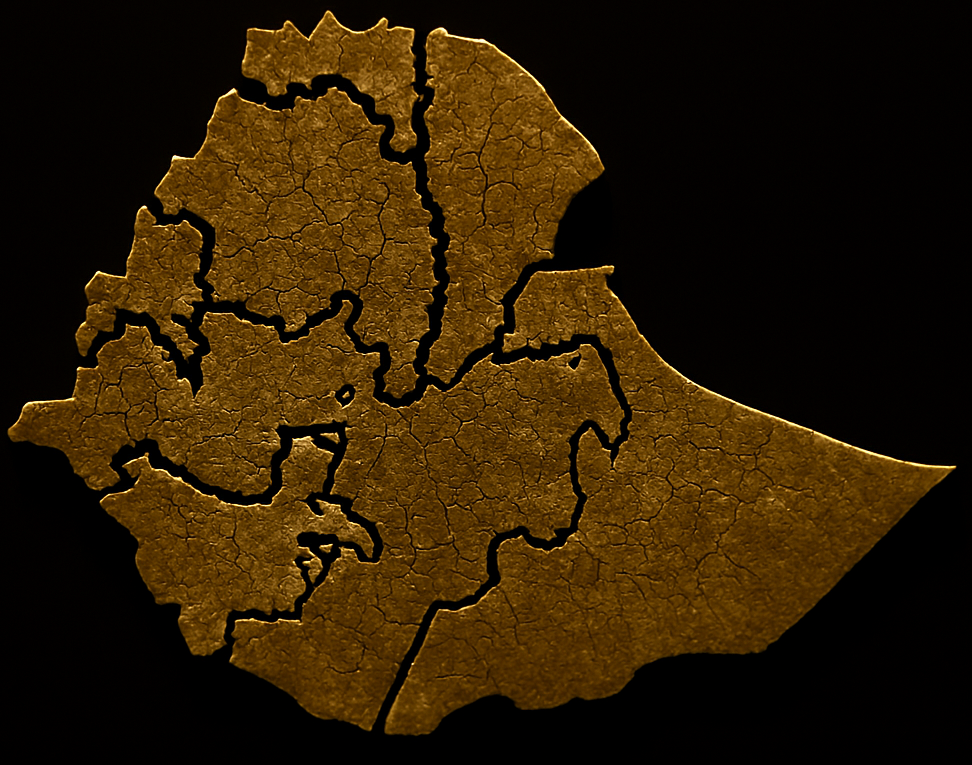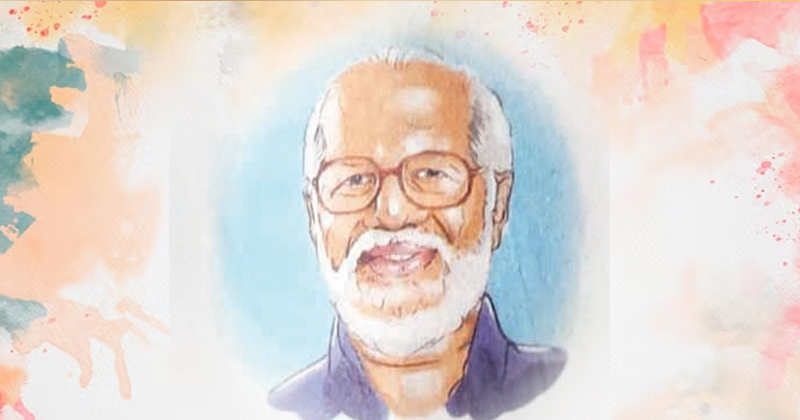Copyright puntlandpost

An experiment in ethnic sovereignty promised stability but has instead deepened division, violence, and fragility. Ethiopia’s present constitutional order traces its roots to a moment of extraordinary upheaval. The Tigray People’s Liberation Front (TPLF), which emerged as an armed movement seeking outright independence for Tigray, ultimately helped design the federal system that governs Ethiopia today. To grasp how this secessionist impulse was translated into law, one must first situate it in the shifting currents of the late twentieth century: the collapse of the Cold War, regional turbulence in the Horn of Africa, and the exhaustion of a battered nation. By the late 1980s, the TPLF had allied with other ethno-nationalist insurgents to form the Ethiopian People’s Revolutionary Democratic Front (EPRDF). Though couched in Marxist-Leninist language, the coalition also embraced post–Cold War ideals of democracy and constitutionalism. Central to its ideology was the principle of “the right of nations and nationalities to self-determination, up to and including secession.” The movement’s leaders were both shaped by global trends and determined to consolidate their battlefield gains. The regional picture reinforced their resolve. Sudan’s Islamist turn, Somalia’s collapse into state failure, and wars in Eritrea and South Sudan underscored the fragility of states built on fragile bargains. The United States and its allies, wary of another failed state in the Horn, treated Ethiopia’s stability as a strategic priority. Domestically, Ethiopians were weary after nearly two decades of dictatorship and conflict. Citizens longed for peace; international actors were euphoric about democratic transitions; neighbors feared instability; and victorious rebels were eager to entrench their power. Such a combustible mix was never conducive to careful deliberation. Out of this crucible emerged Ethiopia’s grand experiment: ethnic federalism. Enshrined in the 1995 constitution, the model institutionalized ethnicity as the organizing principle of statehood. Three decades on, its consequences have been far from stabilizing. Ethiopia’s current constitution stands as the only one in the world whose foundational structure is explicitly and exclusively organized along ethnic lines. Legal Architecture The Federal Democratic Republic of Ethiopia (FDRE) constitution does not simply endorse federalism. It creates an ethno-territorial federation in which sovereignty rests not with a single Ethiopian people, but with “the Nations, Nationalities and Peoples of Ethiopia.” Article 39 grants each of these groups “the unconditional right to self-determination, including the right to secession.” The procedures for holding referendums to create new states—or even to exit the federation altogether—are set out explicitly. This constitutional choice has not remained dormant. In recent years, Ethiopia has seen a proliferation of new states through ethnically framed referendums: Sidama in 2019, the Southwest Ethiopia Peoples’ Region in 2021, and further subdivisions of the Southern Nations, Nationalities and Peoples’ Region after 2023. Each was premised on ethno-territorial self-rule, not administrative pragmatism. The Ethiopian design thus differs starkly from federations such as Germany or the United States. It is closer to the Soviet or Yugoslav template: constituent units defined as ethnic homelands, endowed with a legal script that normalizes separation. Scholars call this ethnic federalism, and political science offers clear warnings about its risks. Comparative Lessons Research across cases shows that ethnic federalism tends to intensify, not alleviate, ethnic cleavages. Dawn Brancati’s influential studies demonstrate that while decentralization can sometimes reduce conflict, it heightens the danger when it strengthens ethnic parties. Regional elites, empowered by the system, are incentivized to mobilize along ethnic lines, turning identity into the currency of politics. Henry Hale’s work on the Soviet Union and other cases shows that ethnic federations institutionalize “secession-ready” elites. Regional leaders acquire both the motive and the organizational capacity to threaten or pursue exit whenever the center falters. Valerie Bunce and Philip Roeder underline how ethnic homelands within federations create “dual power” claims that become explosive during crises. By contrast, federations that endure—such as Canada, Belgium, or Switzerland—do so by dispersing competencies, fostering interdependence, and avoiding constitutionalizing secession. Daniel Treisman’s synthesis makes the lesson plain: autonomy can stabilize, but ethnic federalism with an exit clause stores up centrifugal potential. Ethiopia’s system is therefore less an experiment in federalism than a high-risk venture in state fragmentation. Ethiopian Experience Three decades of lived experience confirm the warnings. Ethnic federalism has not reduced conflict, protected minorities, or facilitated development. Instead, it has fuelled displacement, hardened divisions, and strained state capacity. Conflict and displacement. Rather than moderating tensions, Ethiopia’s ethno-territorial design has intensified them. In 2017–2018, clashes along the Oromia–Somali border and in West Guji–Gedeo displaced nearly one million people, an extraordinary number outside full-scale civil war. In 2020–2021, Benishangul-Gumuz witnessed massacres of civilians targeted by ethnicity. Oromia has endured recurrent cycles of ethnicised violence, documented by both Ethiopian and international human rights organizations. The northern war of 2020–2022 was catastrophic. According to the Uppsala Conflict Data Program, Ethiopia and Ukraine together accounted for at least 180,000 battle-related deaths in 2022, making the Tigray war among the deadliest conflicts worldwide. Excess-mortality estimates for Tigray alone exceed 100,000. By mid-2024, the International Organization for Migration reported 4.38 million internally displaced persons nationwide. Far from stabilizing Ethiopia, ethnic federalism has entrenched insecurity. Minorities unprotected. Far from shielding minorities, the system has exposed them. In border zones and ethnically defined regions, minorities often find themselves vulnerable to eviction or attack. Benishangul-Gumuz has repeatedly seen atrocities against “outsiders.” In practice, sovereignty organized around ethnicity means citizenship rights become contingent on identity and place, an inversion of the protective logic of liberal federalism. Fragmented capacity. Ethiopia’s federal model has also fragmented the state’s security apparatus. Regional Special Forces, loyal primarily to local elites, grew into parallel militaries. When the federal government attempted to disband them in 2023, unrest erupted in Amhara, underlining how ethnicised militaries have become entrenched and mutually distrustful. Economic toll. The economic costs are staggering. Ethiopia’s development gains of the early 2000s have been undermined by insecurity. The World Bank has repeatedly warned of macroeconomic stress, inflation, and disrupted investment. Humanitarian needs are vast: over twenty million Ethiopians required assistance in 2024, with conflict a central driver alongside climate shocks. Ethnic federalism has thus not only strained political cohesion but also stunted economic prospects. Political incentives. Finally, the system rewards ethnic outbidding. Elections and referendums are structured around Article 39’s promise of secession. Leaders compete by demanding new borders, referendums, or maximal autonomy, knowing that the constitution legitimizes such claims. Even moderates must contend with hardliners who push further. Politics becomes less a contest among citizens than a perpetual negotiation among ethnic sovereigns. Misleading Counterexamples Despite this record of failure, proponents of the system often defend it by pointing to other multinational states such as Belgium, Canada, India, or Switzerland. Yet these analogies collapse under scrutiny. Canada and Belgium, though deeply divided, lack constitutional exit rights. Both rely on intergovernmental bargaining, national rights frameworks, and fiscal transfers to preserve unity. Canada’s Supreme Court explicitly narrowed Quebec’s options, rather than enshrining secession. India reorganized its states along linguistic lines but did so within a strong-center federation. The system lacks a secession clause, and national parties cut across ethnic divides. Nigeria, after the Biafra war, deliberately fragmented its regions into smaller states to dilute ethnic dominance, a move away from ethnic federalism. Switzerland’s cantons are diverse but not organized as ethnic homelands; citizenship rests in being Swiss, not in belonging to a “people.” These cases underscore a crucial distinction: successful federations de-ethnicize sovereignty and deny constitutional secession. Ethiopia, by contrast, has done the opposite. Lose-Lose Equilibrium The cumulative effect is a lose-lose equilibrium. For national cohesion, constant bargaining under the shadow of secession turns ordinary disputes into existential crises. For regional majorities, ethnic sovereignty delivers prestige but also burdens them with responsibility for “their” people everywhere, fuelling maximalist demands and federal pushback. For minorities, life within titular homelands often means fewer protections. For the economy, persistent insecurity deters investment and burdens public finances. For democracy, the structure incentivizes ethnic brinkmanship over programmatic politics. This is the paradox of Ethiopia’s constitutional design: it entrenches insecurity rather than alleviating it. Rethinking the Bargain Ethiopia’s constitution sought to resolve an old dilemma—how to make radically diverse peoples feel secure within a shared state—by granting every “Nation, Nationality and People” constitutional sovereignty, including the unconditional right to secede. Yet in trying to hold the country together, ethnic federalism has instead become a source of profound instability. The grand bargain—sovereignty in exchange for security—has delivered neither. What was meant as a guarantee of protection has often deepened vulnerability, especially for minorities, while transforming the state into an arena for ethnic contestation. The very outcomes long predicted by comparative research—hardened cleavages, secession-ready elites, and chronic insecurity—have been tragically borne out in Ethiopia’s lived reality. Rather than anchoring stability, the constitution has normalized brinkmanship and institutionalized mistrust. If there is a path forward, it lies in a courageous reimagining of the federal order. A different bargain is needed, one that de-ethnicizes sovereignty, protects rights nationally, preserves local autonomy for service delivery, and, above all, creates incentives for cross-ethnic cooperation. Only such a model offers a plausible route to the stability, dignity and prosperity that Ethiopians have long been promised but rarely enjoyed. Source: Ethiopia Insight



